Rotor Blade
Rotor MDO (Aerodynamics + HSI noise)
A helicopter rotor is optimally designed for aeroacoustic performance improvement. As shown in previous reports, the blade shapes can be designed to minimize high-speed impulsive noise but tend to have excessively high tapers and be swept back. Since an overly short chord length around the blade-tip region may cause structural problems and safety issues in autorotation, an autorotation index has been introduced to keep the tip region from having excessive taper ratios. In addition, the changes in thickness and camber of the airfoils can also be taken into account to better represent realistic rotor shapes. Aeroacoustic analysis is performed using Kirchhoff’s method coupled with computational fluid dynamics analysis, and the optimization is performed using the kriging-model- based genetic algorithm method. Optimization results are presented that the designed blades have improved aerodynamic performance and reduced high-speed impulsive noise characteristics. It is found that a more practical blade shape can be obtained by using airfoil transitions and an autorotation index. The results of the analysis of variance and self-organization map indicate that the taper ratios, the swept back, the tip chord length, the protrusion shape, the camber, and the thickness of the root airfoil are the prominent features affecting the aeroacoustic performance of the rotor.
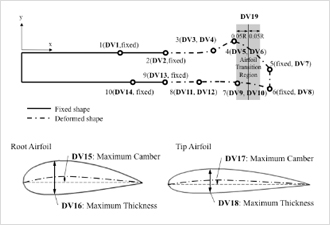
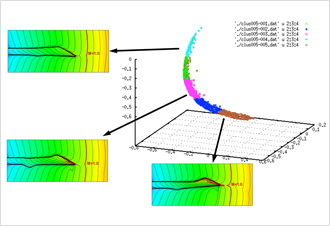
Rotor MDO (Aerodynamics + BVI noise)
The rotor blade of helicopter is the core component determining helicopter performance and requiring low noise and low vibration because the blade becomes the major source of noise during flight. This research is aimed to understand the mechanism of BVI avoidance of triple-sweep blade newly conceptually designed by KARI[1] and to investigate the feasibility about enhancement considering aerodynamic and aeroacoustic performance. Since computing helicopter rotor performance using full-CFD is very time-consuming work, hybrid CFD methodology is used in this research. As a result of the design optimization, various helicopter blade shapes have been derived. The effect of design variables on each objective function is analyzed through ANOVA analysis.
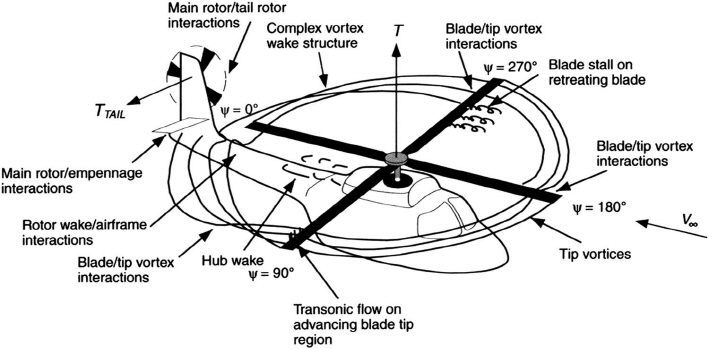
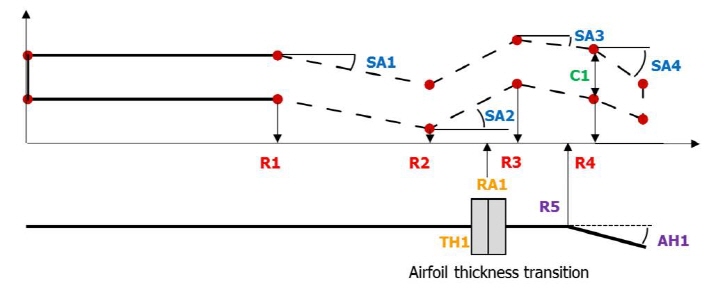
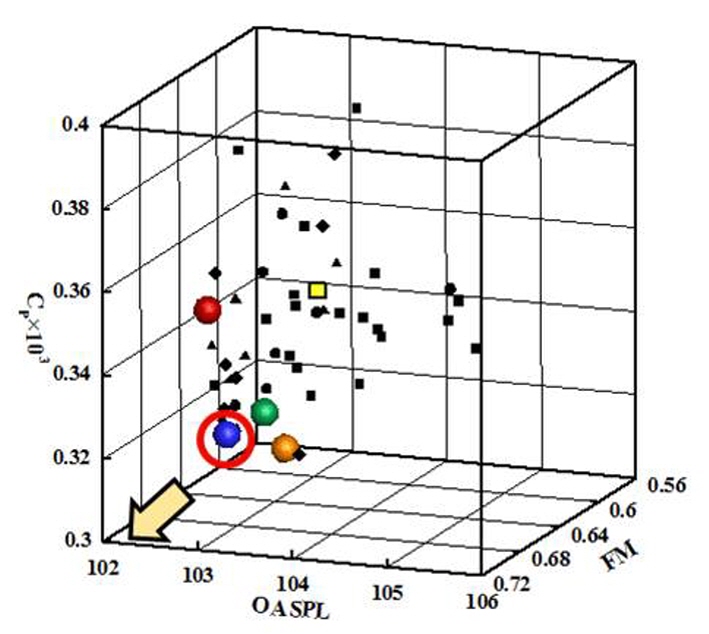
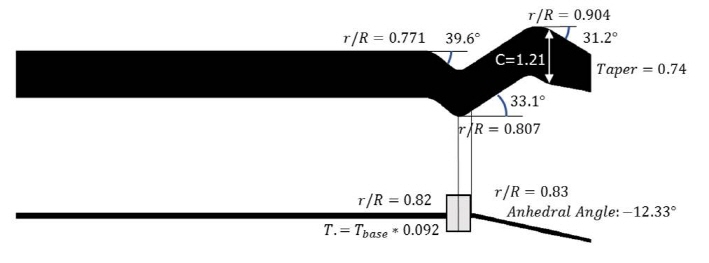
References
[1] 정기훈, 김도형, and 김승호, Parallel BVI 회피기법을 적용한 저소음 블레이드 개념연구. 한국항공우주학회 학술발표회 논문집, 2013: p. 834-838.